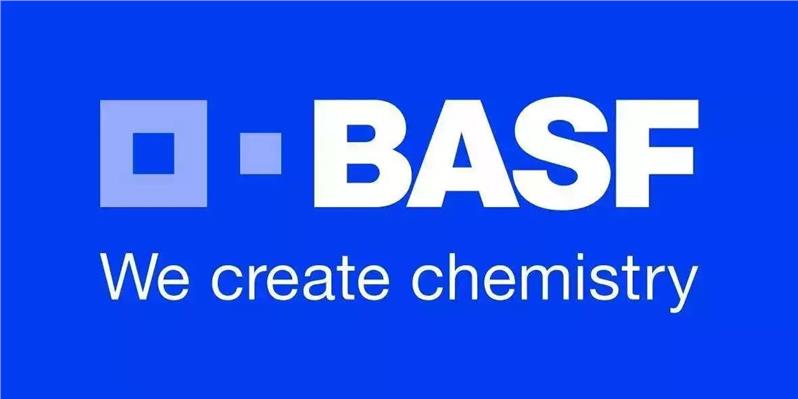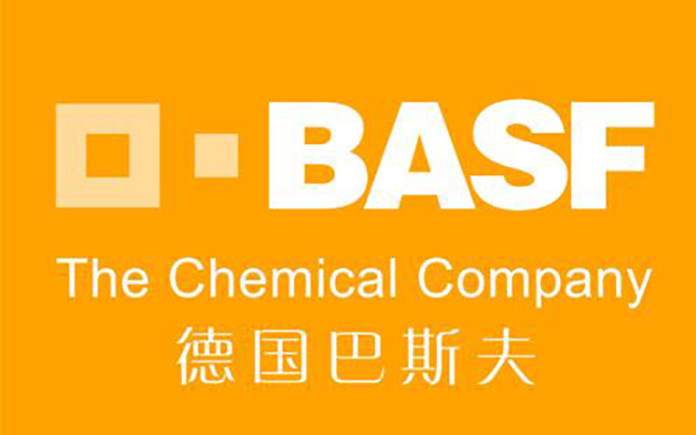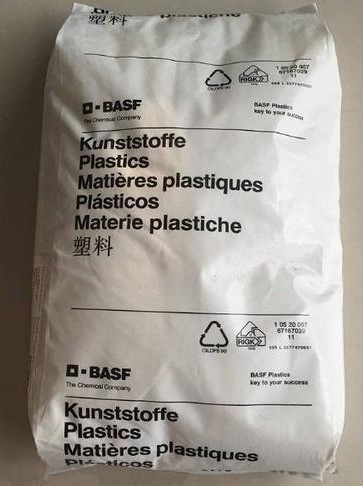 8
8
Dongguan Jinghong pstic raw materials Co., Ltd. specializes in the sales of pure resin high temperature resistant PA6, fiber reinforced high temperature resistant PA6, fle retardant high temperature resistant PA6, halogen-free fle retardant high temperature resistant PA6, ultriolet resistant PA6, fiber reinforced anti ultriolet PA6, self extinguishing fle retardant high temperature resistant PA6, food grade PA6, quality grade PA6; supply brands: basic innovative pstics / PA6, DuPont / PA6 of the United States, Mitsubishi Engineering / PA6 of Japan, Rhodia / PA6 of France Japan / Pao / PA6, Japan / PA6, Japan / PA6, Japan!
PA6 with gss fiber can improve the mechanical properties, dimensional stability, and the gss fiber content is generally 20%. The addition of wear-resistant filler in a certain range can not only improve the wear resistance of modified nylon 6, but also py the role of reinforcing agent, which has the same eff as gss fiber. This is because nylon 6 is a crystalline polymer, and the crystallinity, the density of crystal nucleus and the growth rate of crystal he great influence on the mechanical properties of nylon 6
BASF has a long history of trade with China, more than a century ago. As r back as 1885, BASF, which was founded only 20 years ago, has already sold the mous textile dye in to China, making China the most important market of BASF magenta outside Germany. In addition to providing dyestuffs for China, BASF has been expanding its product range. Today, BASF has a wide range of products. The list of products produced by joint ventures or imported into the Chinese market from other pces is simir to a chemical boratory manual. It can fully refl the business scope of BASF: pstics, chemical fiber intermediates, fertilizers, industrial chemicals, fine chemicals and textile and leather chemicals.
PA6用玻璃纤维增熏忘置可以挺高材料的力学能尺寸稳定囊爵燕,玻纤含量一般为20%,耐磨填料的加入量在一定范围内不但能提高改尼龙6的耐磨,而且起着增强剂的作用,与玻纤起着办同效应。这是因为尼龙6是结晶高聚物,而结晶度、晶核密度和璩晶的生长速度对材料力学能影响很大
PA6 was first developed by BASF joint venture in Germany in the te 1930s and formally industrialized in the early 1940s. Polyamide macromolecur structure contains a rge number of amide groups, and the end of the macromolecule is amino or carboxyl. It is a kind of semi crystalline polymer with strong pority, hydrogen bond formation and certain reactivity.